Since summertime is here, consider adding seasonal fruit to your meals and snacks. In June, blackberries, blueberries, cantaloupe, peaches, strawberries, tomatoes, and watermelon are all in season. In July, apples, peaches, tomatoes, and watermelon are in season.
There are plenty of tasty options to choose from during the summer, but these fruits are also great for you! Generally speaking, fruits are an important source of vitamins A and C as well as potassium and dietary fiber. Vitamins A and C support a healthy immune system while potassium helps promote a healthy blood pressure. Diets rich in fiber have been linked to a lower risk of heart disease, can help control blood sugar levels, and may help with weight management.
Depending on age, gender, and activity level, the amount of fruit recommended ranges from ½ a cup per day (for Toddlers) to 2 ½ cups for men. Individuals watching their carbohydrate intake may need less. All types of fruit count, including fresh, frozen, dried and canned. If choosing canned fruit, select options that are packed in water or 100% fruit juice. Fruit canned in syrup might taste sweeter, but it will also add unnecessary calories and added sugars.
Extension Specialist
Contact: Dr. Larry Stein
Phone: 830.278.9151
Email: Larry.Stein@corie-ritter
Contact: Dr. Jenna Anding
Phone: 979.458.2025
Email: j-anding@tamu.edu

